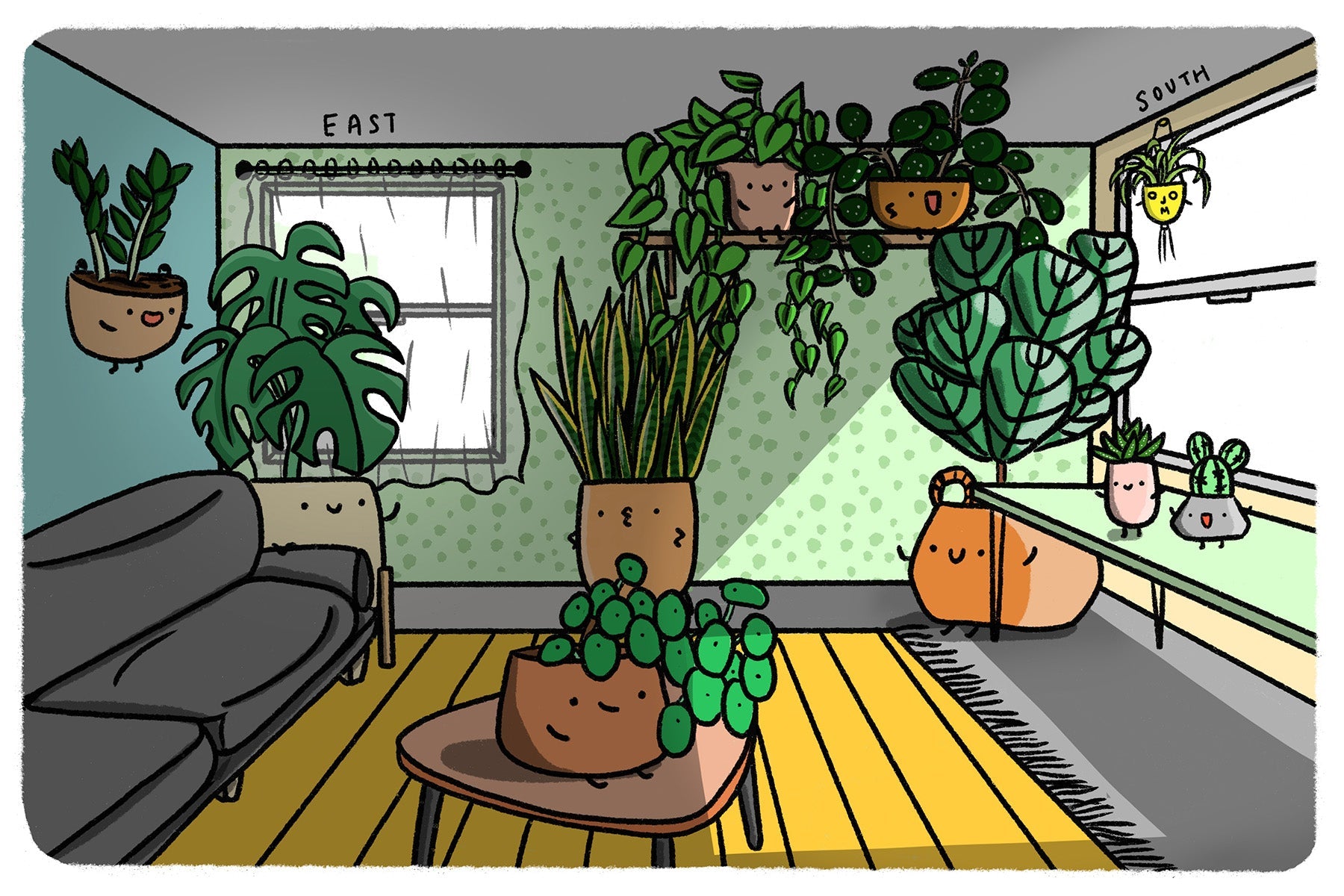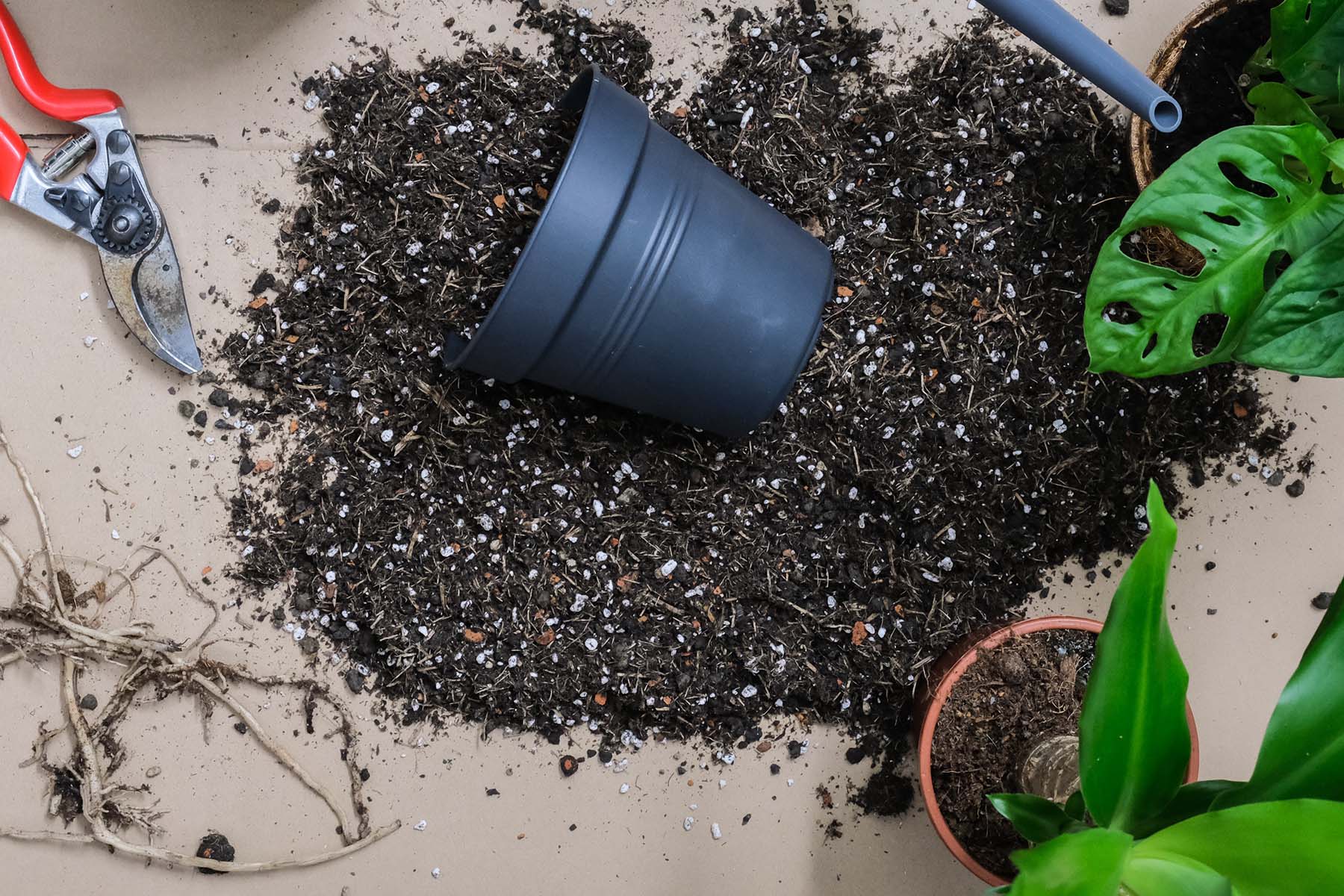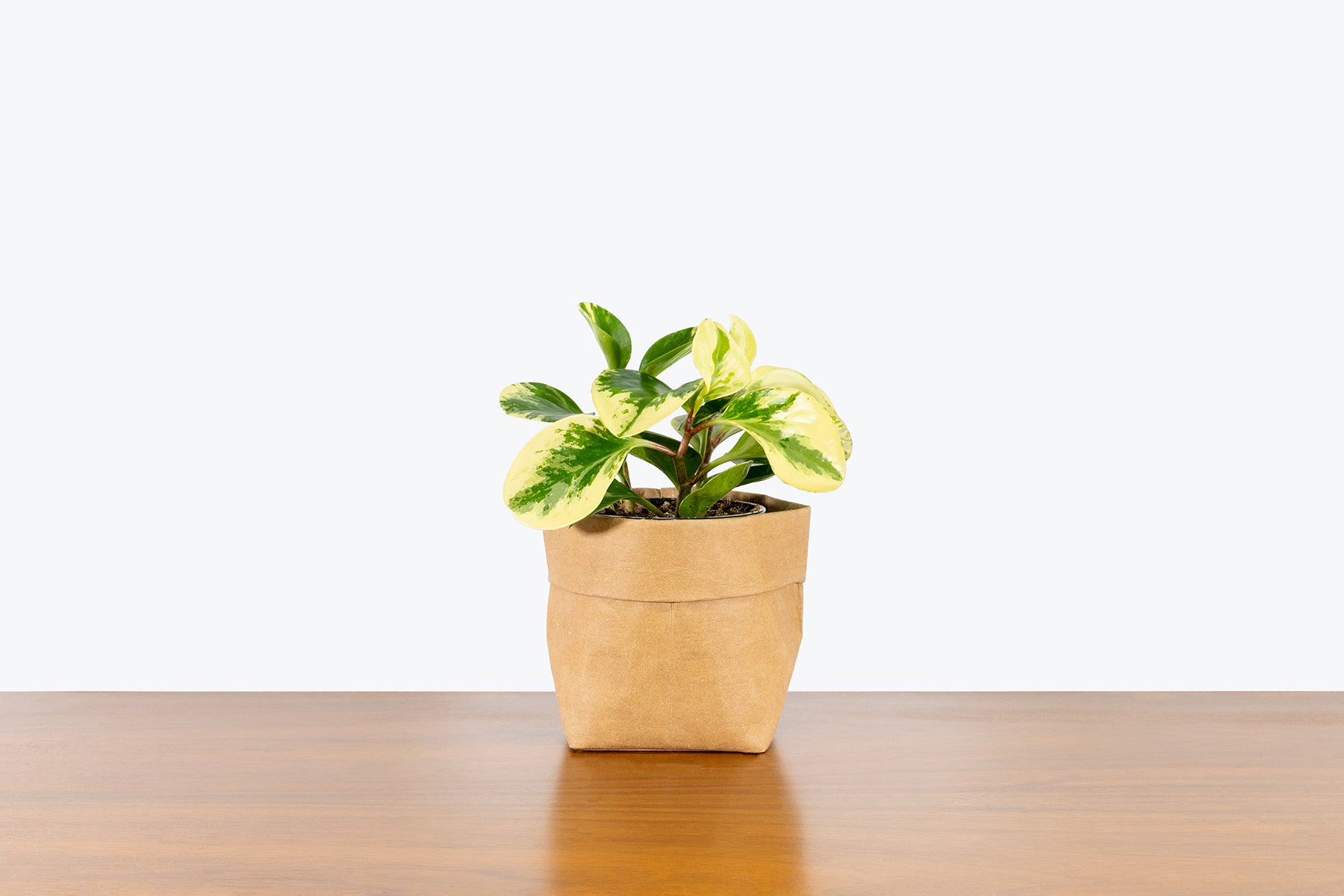
The Ultimate Houseplant Lighting Guide
Light is the number one most important aspect of any plant parents set up. Lighting affects what plants you should select, the watering schedules, the placement of plants, the speed of growth, and so much more. Once you have assessed what sort of light you have in your home, then you can make the next step of figuring out what plants will do well within your care! It is important to understand your surroundings first before choosing your plant. We all would love to live in a jungle within our homes but let's figure out what kind of light you have so that you can get to selecting the appropriate plant babies!
Why is Light so Important?
First of all, let's have a quick, watered-down science lesson. Light, when it comes to plants, is the spectrum of light necessary for a plant to perform photosynthesis, which is the process of converting light energy into chemical energy, using sunlight to turn carbon dioxide into sugars. These sugars are constructed from water and carbon dioxide, and oxygen is released as a byproduct. The sugars, or glucose molecules, provide plants with two resources: energy and organic carbon. This energy is then essentially used by the plant to put into growing!
Knowing this small bit of science, we can try to begin to understand that it is crucial for plants to receive the light that they need in order to live and thrive in our homes. If they don't receive the light they need, they won't receive the energy they need to put into growing, and instead will get rid of what they don't need in order to survive (i.e. leaf loss) or will slowly die.
Indirect Light vs. Direct Light
Direct Light
Direct light is fairly simple, it is essentially placing a plant in a spot where it will receive direct sunlight for the majority of the day. This would also be classified as high light, so any plant that needs direct or high light, really just wants to see as much sun as possible! Think of all the desert-like plants that you have in their collection and the natural habitat in which they would exist. The best spot for them is where they can see the sun during the majority of the day.
In fact, that is the mindset to have with all your plants, "where does this plant naturally exist and what can I do to mimic those conditions?" Does it grow on the jungle floor, which receives dappled sunlight due to the towering trees that exist there? Does it grow in the middle of forests attached to trees so that it can receive more light? The list goes on but always keep that in mind. Once the natural conditions are understood and mimicked, your plants will be much happier.
Indirect Light
Indirect light is a very vague term that is understandably confusing to lots of people, including me at the beginning of my plant journey! I determine it based on how much of the sky a plant can see, not the sun, the sky. If the plant can see the sky, then it is receiving some form of indirect light. Plants that like indirect light should not be in a position to the see the sun directly, as it is too intense for them, but filtered sunlight through a sheer curtain is fine.
Guidelines Based on Direction
The brightness of indirect, or direct, light all depends on the direction a window faces. Let's consider the following illustration, which is a room that has an East-facing window as well as a South-facing window. All of the plants throughout the drawing are receiving different types of light compared to the others, so it is important to consider what location will allow a plant to be its happiest.

Window directions are very important and below I have explained what kind of light you can get from each:
North-facing:
Low to medium, indirect light
- These windows are the ones that receive the least light, as the sun doesn't come through them at all. Keep your plants right next to the window in order for them to receive the brightest light that they can get.
- Low light plants for north facing window: Sansevieria Laurentii, ZZ Plant, Cast Iron Plant, Spider Plant, Chinese Evergreen Madonna, Dumb Cane (Dieffenbachia) Sterling, Dracaena Janet Craig, Peace Lily, Jade Pothos.
East-Facing:
Medium to bright, indirect light
- This is a great option for lots of plants, as it receives the least harsh form of sunlight - morning sun - which will not be too much for plants that don't enjoy lots of sun but still need bright light. The brightness of the light will all depend on how close the plant is to the window.
- Medium light plants for east facing window: Haworthia, Red Anthurium, Variegated Dwarf Umbrella, Episcia Silver Sheen, Heartleaf Philodendron, Peperomia Hope, Pilea Peperomioides, Calathea Rattlesnake, Golden Pothos, Syngonium White Butterfly, Bamboo Palm.
South-Facing:
Bright, indirect light to direct sun, depending on the time of day or year
- Being the prime type of light to have, every plant parent is jealous of people who have South-facing windows! They receive the brightest light throughout the day, so you can place your plants further back from the window if you don't want them getting any harsh sun, keep them in direct light if that's what they need, or install sheer curtains to keep the space bright but avoiding the sun.
- Bright light plants for south facing window: Peruvian Torch Cactus, String of Hearts, Fiddle Leaf Fig, Jade Plant, Peperomia Ruby Glow, Ponytail Palm, Sedum Morganianum, Aloe Vera, String of Turtles, Lemon Tree, Calamondin Orange Tree.
West-Facing:
Medium to bright indirect light, as well as direct sun in the afternoon
- Finally, West-facing windows are also a great option for bright light spaces. They receive plenty of strong afternoon sunlight. This can be a good thing and a bad thing, as the afternoon light can be too harsh for some plants but it may be the only light you have! When it comes to this, distancing from the window, or placing sheer curtains over the window would be some options for you.
- Medium light plants for west facing window: Burgundy Rubber Plant, Australia Umbrella Tree, Begonia Maculata, Hoya Carnosa Krimson Queen, Monstera Deliciosa, Peperomia Obtusifolia Variegata, Pilea Depressa, Stromanthe Triostar.
Applying what we know now to our illustration from above, you can see what types of light each area of the room would receive, in the following illustration. As you can see, it is possible for one room to receive every kind of light level possible, even with two windows. This drives home our point that "low light" does not equal "no light", plants need light to grow and thrive.

Most of the plants in the illustration are just fine where they are, but they will begin to grow according to their placement, such as the Pilea Peperomioides. It is receiving bright, indirect light, but it is quite a few feet from the window, meaning it will begin to grow towards its light source. This is nothing to worry about at all though, and is all in the nature of owning plants! You could consider rotating the plant if it really bothered you, but I think it adds character to our plants.
Finally, although natural light is the best form of light to give our plants, sometimes we need to supplement, as our winters are darker or we don't have a lot of window space. When it comes to these situations, grow lights are a great option to have around! They don't provide the exact same light that a window would but they almost do the same job. A bonus with them: they can be used year-round, or primarily in the winter when our light levels are a lot lower!
Other Factors that Affect Light
Not only does the direction of a window affect our light levels, so does what exists outside that window. For those that live in the city, there are lots of condos, overhangs, or any other tall buildings that obstruct the natural light coming into our homes. If you are in the suburbs, there are plenty of large trees, neighbouring houses and porch overhangs that do the cause the same issue. Consider the following illustration:

There is a South-facing window, the exact same window, in each of these four drawings. However, what is outside the windows changes! You may have a beautiful Southern window, but maybe you have a huge tree outside your home, or another condo nearby, each of these obstructions will impact the type of light you are receiving into your home.
We also often have our curtains or blinds closed at times, which greatly diminishes the amount of light being let in. One exception to this would be very sheer curtains, which are a great option for those who have an abundance of strong light but want to dim it a little. Installing sheer curtains will still let a lot of light in, but it will protect your plants from any prolonged exposure to direct sun. The key word is "sheer," any thicker than that and the light levels will be too low.
Final Notes
There is so much to consider when you begin to think of how much "light" you have for your plants, that's why learning how to care for plants is such a fantastic journey! Our plants communicate to us through shedding leaves, turning brown, curling leaves, or becoming leggy (or stretched out). Once we figure out what they need and adjust our home, only then can everyone live in harmony.
I hope this quick lesson on light will help you figure out what kind of light you have to offer in your home, therefore helping you discover what plants will be successful in your home. It is always best to assess your environment first before selecting the plant, as this will be the basis of what you can provide your plants!






